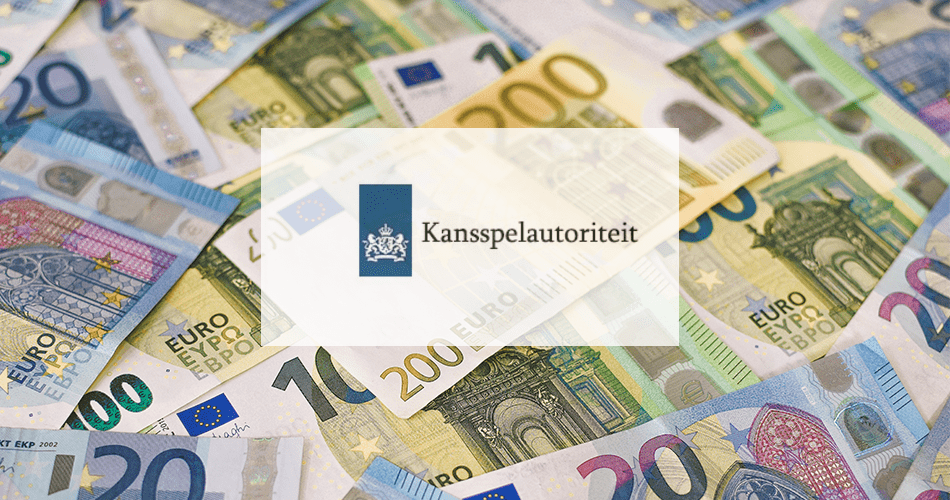Jobs
What Zhang Ruimin And Steve Jobs Have In Common: Redefining Management

04 September 2022, Berlin: Visitors walk through Haier’s premises at the IFA electronics fair. More … [+]
In an era where management innovation is the driving force behind business success, few companies exemplify transformation as vividly as Haier. From its modest beginnings in Qingdao, China as a refrigerator manufacturer, Haier has grown into a global giant, consistently securing a spot on the Fortune Global 500 list. As it celebrates its 40th anniversary, Haier’s journey offers a masterclass in business reinvention and ecosystem building that’s reshaping the smart home industry and challenges traditional corporate structures.
Not unlike how Apple’s Steve Jobs visionary thinking, innovation, and a relentless focus on customer experience pushed Apple’s design and technology to consistently break new ground. Building digital ecosystems around users is the bread and butter of Haier, as it is for Apple. While both are consumer electronics companies, they have wildly different roots – and founders. But their shared focus on management innovation and business transformation has left a lasting impact on their industries.
Lessons for Global Business Leaders
Haier’s transformative journey offers valuable insights for executives navigating today’s dynamic business landscape:
- Embrace Ecosystem Thinking: Build strong relationships with customers, partners, and employees to create shared value and drive long-term success.
- Disrupt and Rebuild: Challenge traditional structures and embrace new models to stay competitive. Haier’s transformation from a traditional manufacturer to a technology-driven ecosystem exemplifies the power of adaptability.
- Harness Technology: Leverage AI and emerging technologies to create innovative products and services that differentiate your offerings in the market.
- Focus on User Needs: Continuously engage with customers to understand their evolving preferences and pain points, ensuring your products and services remain relevant and compelling.
The Haier Ecosystem Framework: A New Paradigm for Business
At the heart of Haier’s metamorphosis lies its groundbreaking ecosystem framework—an evolution of the original “RenDanHeYi” model introduced by founder Zhang Ruimin in 2005. This innovative approach dismantles conventional corporate hierarchies, introducing three key innovations:
- Scenario-Centric Focus: Moving beyond product-centric approaches, Haier now delivers comprehensive smart home solutions tailored to individual lifestyles. This shift resonates with consumers seeking integrated, seamless experiences in their homes.
- Lifelong User Relationships: Haier has transformed its customer interactions from transactional to enduring connections. By fostering engagement through online communities and offline touchpoints, the company ensures its products evolve in tandem with consumer needs.
- Ecosystem Value Maximization: RDHY 2.0 extends value creation beyond employees to encompass the entire ecosystem of partners and collaborators. This approach creates a synergistic environment driving continuous innovation and improvement.
To bring RDHY 2.0 to life, Haier has restructured its organization into Ecosystem Micro-Communities (EMCs) and EMC Alliances (EMCAs). This decentralized approach empowers teams to make agile decisions, respond swiftly to market changes, and experiment with new ideas.
SAN YI NIAO: The Living Ecosystem of Smart Home Solutions
Embodying the principles of RDHY 2.0, Haier’s flagship smart home scenario brand, SAN YI NIAO, represents a shift in the industry. It integrates hardware, software, and services into a self-evolving ecosystem that learns and adapts to user preferences. SAN YI NIAO’s success is built on three pillars of innovation:
- Enterprise Innovation: Through EMCAs, SAN YI NIAO forms dynamic teams to deliver tailored solutions for each customer, ensuring a personalized smart home experience.
- User-Centric Innovation: By actively involving customers in the innovation process, SAN YI NIAO fosters a sense of ownership and deepens user engagement. Haier’s innovative retail models become service and social hubs for local users, serve as real-world laboratories for testing new concepts and gathering consumer insights.
- Ecosystem Partner Innovation: With a network of over 3,500 partners, SAN YI NIAO leverages diverse expertise to create comprehensive and integrated smart home solutions. This collaborative approach allows Haier to offer an wide range of options to its customers.
AI: The Invisible Engine Powering Haier’s Ecosystem
Artificial Intelligence serves as the cornerstone of Haier’s ecosystem strategy. The company’s Smart Home Brain, a central platform integrating IoT, AI, and big data, enables real-time data collection and analysis. This data-driven approach allows Haier to anticipate user needs, refine products, and deliver personalized experiences.
Haier’s recent breakthrough, the HomeGPT AI model 2.0, demonstrates the power of AI in enhancing smart home functionality. By proactively adjusting settings based on user behavior, HomeGPT elevates the overall user experience.
The scale of Haier’s AI-driven ecosystem includes: Over 140 product categories; 400 ecosystem brands; 130 million smart devices connected to its Smart Home Brain; 190 million users; 2.4 billion monthly interactions.
These interactions are continuously refined through AI-driven insights, ensuring that Haier stays ahead of consumer preferences. The company’s extensive patent portfolio—more than 32,500 published patents as of 2024—cements its leadership in the global smart home industry.
An ecosystem approach to management for the future
As Haier celebrates its 40th anniversary, its ascent from a regional appliance maker to a global leader in smart home solutions serves as a testament to the power of innovation and ecosystem-driven strategies. By embracing RDHY 2.0, SAN YI NIAO, and AI, Haier has created a business model that positions it at the forefront of the smart home revolution.
For business leaders seeking to navigate the complexities of the modern marketplace, Haier’s ecosystem strategy offers insight and inspiration for success in an increasingly interconnected and technology-driven world.









